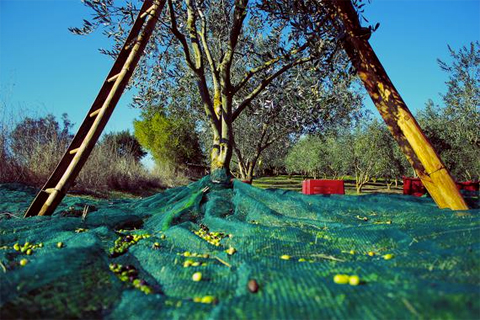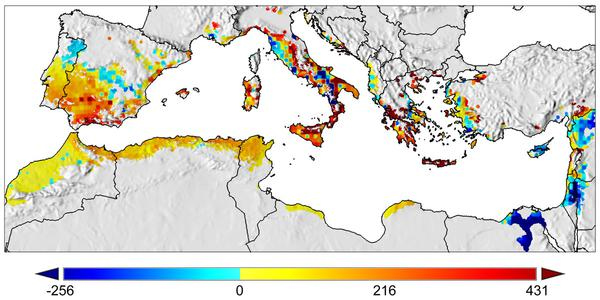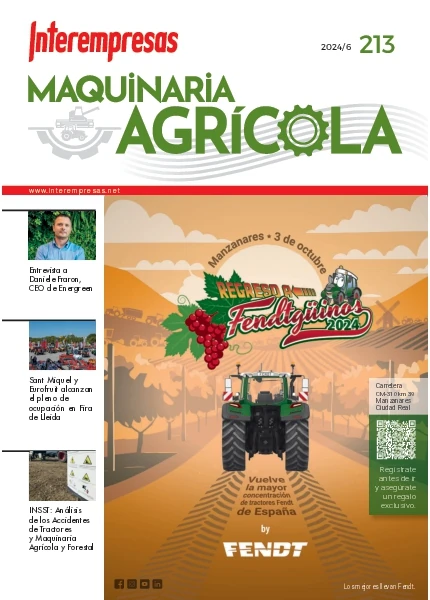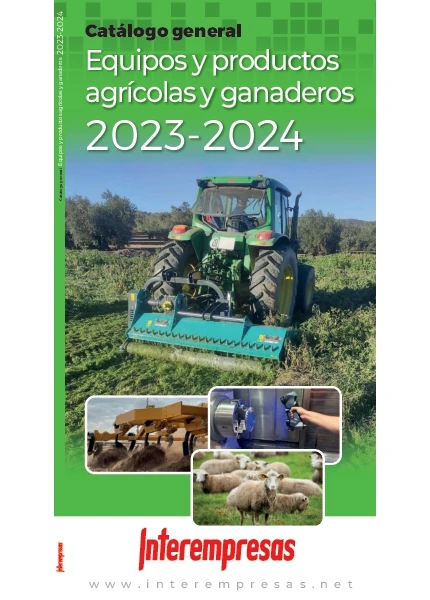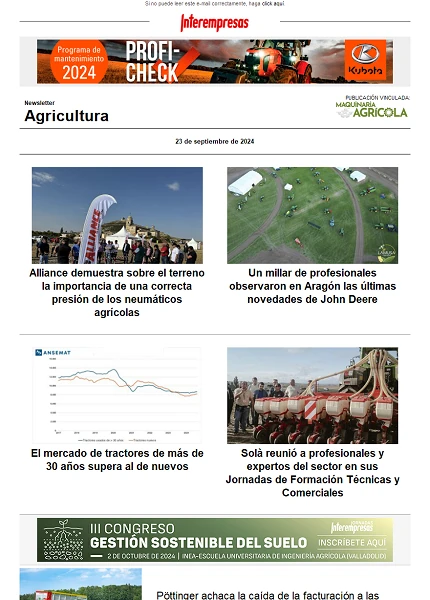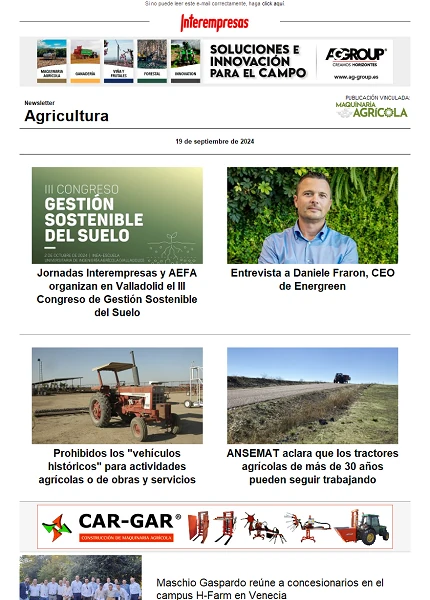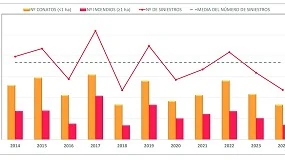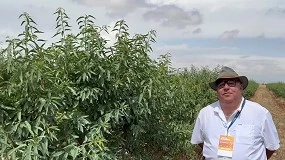This news article was originally written in Spanish. It has been automatically translated for your convenience. Reasonable efforts have been made to provide an accurate translation, however, no automated translation is perfect nor is it intended to replace a human translator. The original article in Spanish can be viewed at
El cambio climático redibuja el mapa del olivar mediterráneo a partir de 2030The climatic change redibuja the map of the Mediterranean olive grove from 2030
A study published in the magazine of the Proceedings of the National Academy of Sciences (PNAS) of United States predicts that the climatic change could modify the productivity of the fields of olivos in the basin of the Mediterranean. According to the authors, there are regions that would increase his performance and others, however, could remain empty. In Spain, the model foresees an increase in the net profit, although in the central zone of the country this profit diminishes.
Researchers of Rome (Italy) and Kensington (EE UU) have used a demographic model to predict the alterations that would suffer the harvest of olives in the basin of the Mediterranean if the global half temperature increased 2°C. The work, published in the magazine PNAS, shows that in this stage the half net profit derived of the harvest of the olive would increase 9,6% of average owing to the decrease of the plague of the fly of the olivo and of the increase of the production of this fruit.
However, no all the zones would answer the same to the global warming. For example, in the north of Africa the performance oleícola would increase until 41% but in Middle East would descend 7,1%.
The culture of the olive has exerted a paper historically very important in the rural development of Spain. Photo: Florian Rieder.
The study underlines besides that the economic impact would not be uniform and would favour the tax of abandonment of the small fincas. “In addition to the income, these farms provide important services to the ecosystem like the conservation of the floor or of the biodiversity and also play an important paper in the prevention of forestry fires”, explains Luigi Ponti, researcher of the Italian National Agency by the New Technologies, the Power and the Sustainable Economic Development and main author of the study. Nevertheless, the Italian scientist alert: “A stage is an example of what could happen in some particular suppositions, does not treat of an attempt to predict the future”.
The case of the Spanish olive grove
In the group of Spain, this model foresees an increase in the net profit, in spite of the rise of the taxles of the controls and of the decrease of the quality of the oil because of the intensity of the infestación of the fly of the olivo. However, in the central zone of the country this profit diminishes.
“This change is essential because the culture of the olive has exerted a paper historically very important in the rural development of Spain”, indicates Ponti. “In addition to Spain, in the EU, the feasibility of the small exploitations sees even more engaged by the politics of subsidies that at present favour to the systems of production of intensive olive”, adds.
A model predicts that the regions of the Mediterranean basin can expect an increase (of yellow colour to red) or decrease (blue colours) of the profit (in euros by hectare) of the crops of olivos after an increase of 1,8 °C of the half temperature. Photo: Luigi Ponti.
The predictive model
The model has based in the predictions of the Group Intergubernamental of Experts on the Climatic Change (IPCC) that predict a half increase of 2°C in the global temperature in the Mediterranean basin between the year 2030 and the 2060. According to the main author, the biological processes that govern the dynamics of the olive and the fly of the olivo that have used for the work are useful in analysis bioecononómicos to warn the effects that the climate will exert on the biological system.
“The physiological analogy that has used in the prediction allows to describe explicitly the biology of the species in all the alimentary network, included the human beings and his economy”, clears Luigi. According to the researcher, treats of a powerful conceptual tool considered in the actuality like a form to face up to the enormous challenges that pose the complexity of the global ecosystem.
